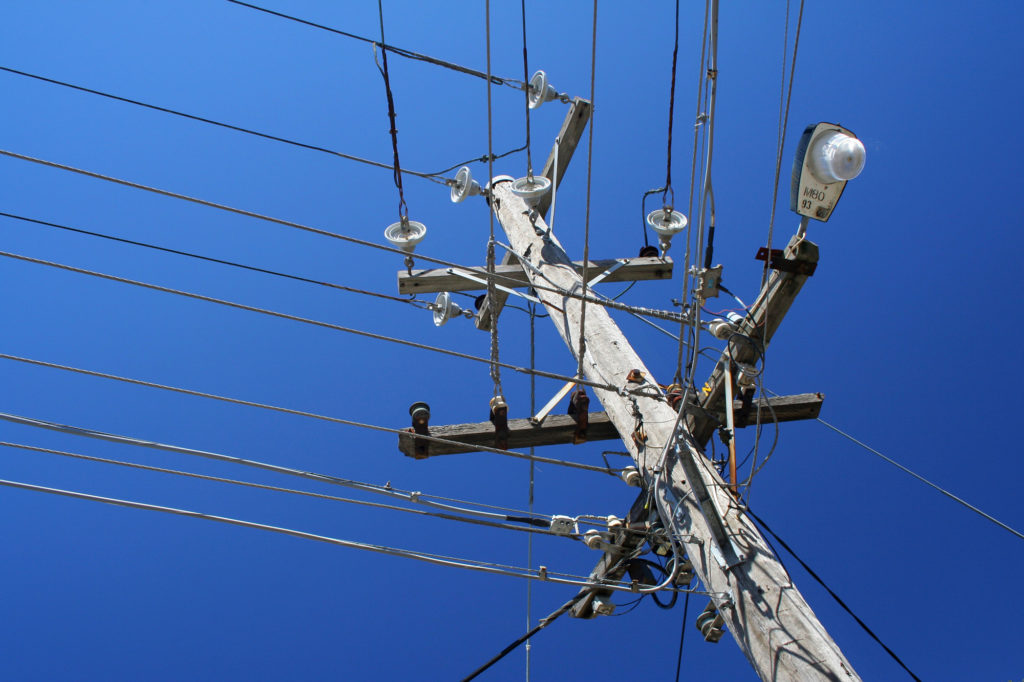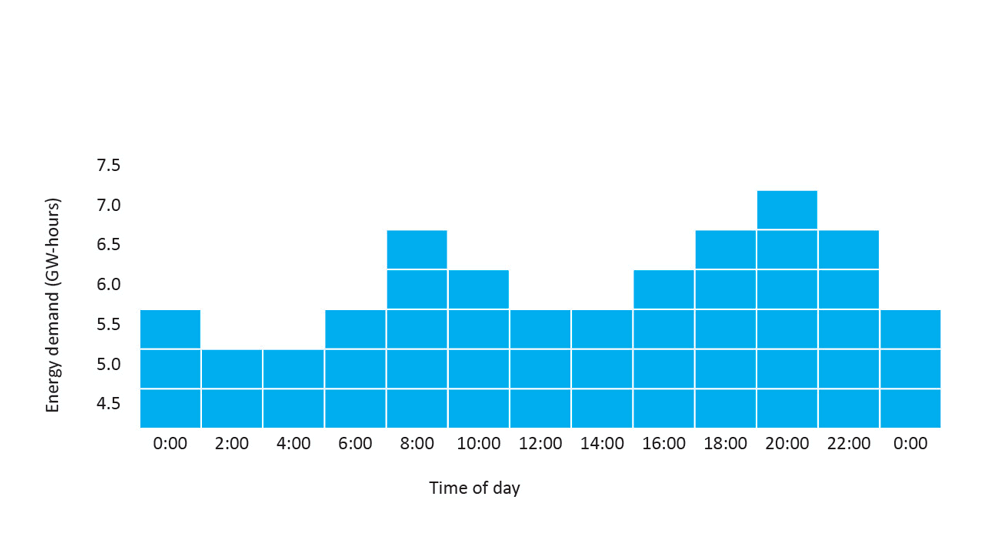
With batteries, we can manage the natural variability of renewable energy sources
With batteries, we can manage the natural variability of renewable energy sources
Energy storage is set to play a crucial role in the structure of Australia’s future electricity grid.
The best-known form of energy storage is batteries. Typically, batteries are used to soak up excess energy to be used later in offsetting supply from centralised generation, at a time when energy is more expensive. For example, you may not need the energy generated by your rooftop solar panels in the middle of the day, so a battery saves that energy for later in the evening instead of drawing from the grid.
A lesser-known role for batteries is delivering power back to the grid – what we call ‘grid services’. These grid services can provide improved power quality, stability and reliability.
Ramp it down with batteries.
Batteries can help minimise the effects of ‘ramping events’, which are large and sudden changes in load and energy generation. This can happen when the sun plays ‘peak-a-boo’ with the clouds and solar energy drops in and out; or the more predictable change that occurs when solar production drops at night. These ramping events can have unwanted effects on voltage and frequency, but batteries can help to make sure these changes are more gradual, which makes it easier to maintain power quality.

emand from power stations in the middle of the day is very low because a lot of the demand is supplied locally by solar panels. But what if batteries charged during this time, and discharged later in the day when demand is high? We would expect the demand from power stations to ‘flatten’ – this avoids (expensive) network infrastructure upgrades to supply the maximum demand.
Managing average daily demand from power stations using batteries (July, 2017)
Managing peak demand
Batteries can also provide energy when demand is expected to peak. During periods of high energy demand (like the middle of summer when air conditioners are running 24/7), the likelihood of that demand exceeding the capability of the network increases. By providing energy close to the expected demand (potentially by discharging batteries), the strain on the electricity network can be reduced – a process known as ‘peak shaving’. This can reduce the costs to maintain the electricity network, as well as our household electricity bills.
Powerful support
Maintaining power quality is important because it allows us to connect almost anything, anytime, without a worry – a mobile phone, a fridge, a TV, even an electric car – as long as it complies with Australian standard voltage and frequency specs.
While renewable energy is cheap and good for the planet, its natural variability makes it harder for our legacy power grids to keep power quality without new support systems. Batteries can very effectively provide such support. By either injecting or absorbing energy at the right times, batteries can maintain power quality, even in grids with large amounts of variable renewable energy supply.
Yarrabilba – leading the charge
In the future, a battery owner could help directly regulate voltage and frequency – that is, provide ‘grid services’ (for an adequate price, of course). As part of our Virtual Power Station trial in Yarrabilba, South East Queensland, we’re testing how to control batteries to manage power quality.
With the cooperation of our Yarrabilba volunteers, we’ve installed five batteries to everyday households. So far we’ve successfully tested their operation, and in the coming weeks we’ll demonstrate that these batteries are capable of mitigating ramping events. With the help of solar forecasting we will regulate solar power in anticipation of a drop in solar energy and simultaneously direct the batteries to discharge stored energy. This helps avoid a large swing in power flow and maintain consistent power quality.


8th March 2018 at 1:47 pm
A couple of issues are being raised. One being the shading by trees reducing the efficiency of solar panels. This is observed in my neighbourhood where a house with solar panels on the the roof being shaded during the peak time of the day by their neighbour’s trees.
Storage technology is continually being improved. Salt and lithium batteries take a bit to charge up and the latest capacitor storage technology may be the quickest and most flexible technology. I have little faith in hydrogen as the energy required to either liquefy or compress to transportable units will negate any other benefits.
Let me add a couple more…We can find billions of dollars to build next to useless military hardware when the issues staring us in the face is water and energy security.
I admire Elon Musk for his push to develop battery storage technology, but he looses it when he talks about creating a colony on Mars. Global Warming is real and like frogs in a slowly warming pond, we ignore the problem of human population growth and our insatiable demand for fossil fuels.
8th March 2018 at 10:57 am
Our buy back rate in Tasmania is pathetic, we are taking our system off the grid as soon as possible.
8th March 2018 at 10:53 am
Our SA Labor government is extending just that to firstly housing trust tenants and then to low income families – providing solar panels and battery storage. Our government leads Australia in the transition to renewable energy.
8th March 2018 at 9:59 am
Recently we have published a paper on “off-grid housing in Australia”, it concluded potential options and related costs for this
8th March 2018 at 9:55 am
I think that this is solving a problem that shouldn’t exist.
The power companies keep their plants as close as they can to maximum demand so they can charge the highest rate possible. They minimize cost by reducing the amount of maintenance and infrastructure building, while charging the highest rate possible to the consumer. Every month the service fee for having the connection to the grid is more than the cost of my electricity.
The grid needs to be managed so that those that use less energy get bonuses(to reduce the amount of load on the grid, increase low power usage item uptake and environmental housing design) and the electrical companies need heavy fines for outages.
A more secure grid would be a much better thing than putting the onus on the populace.